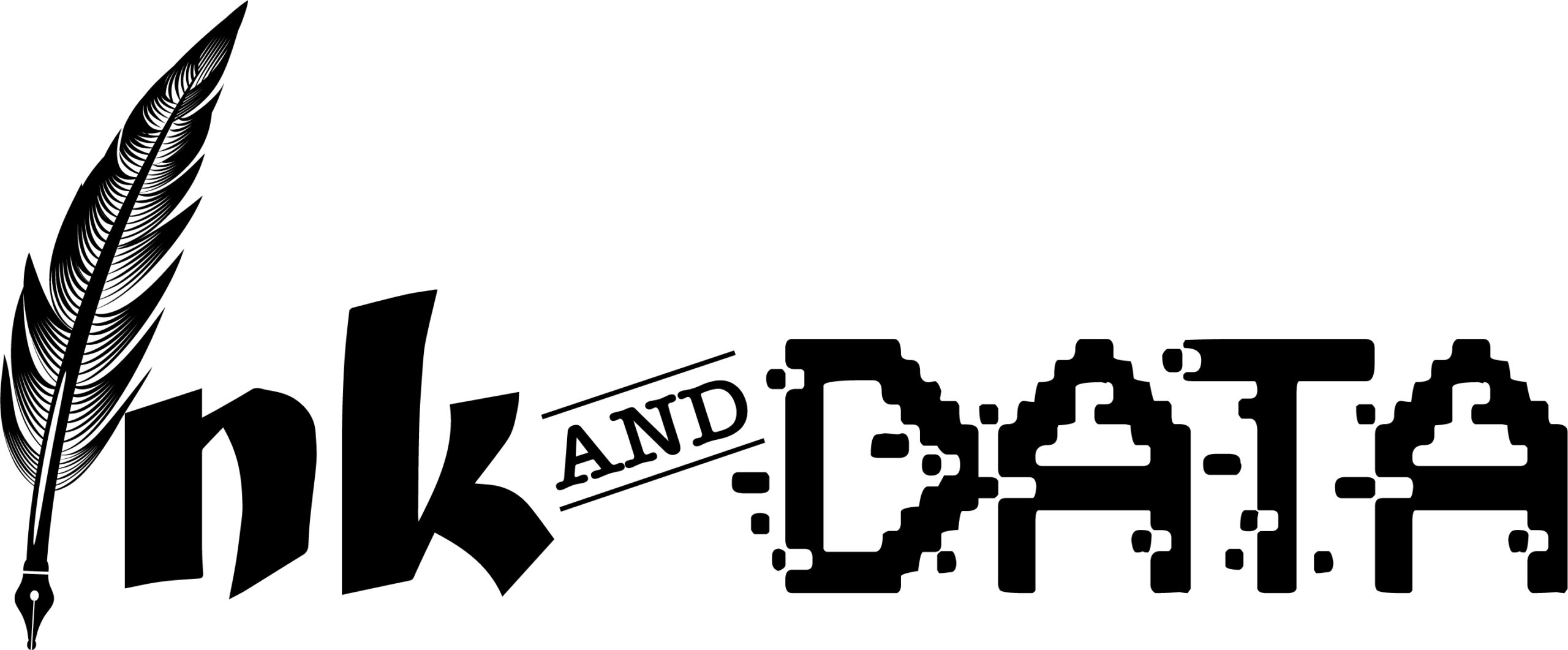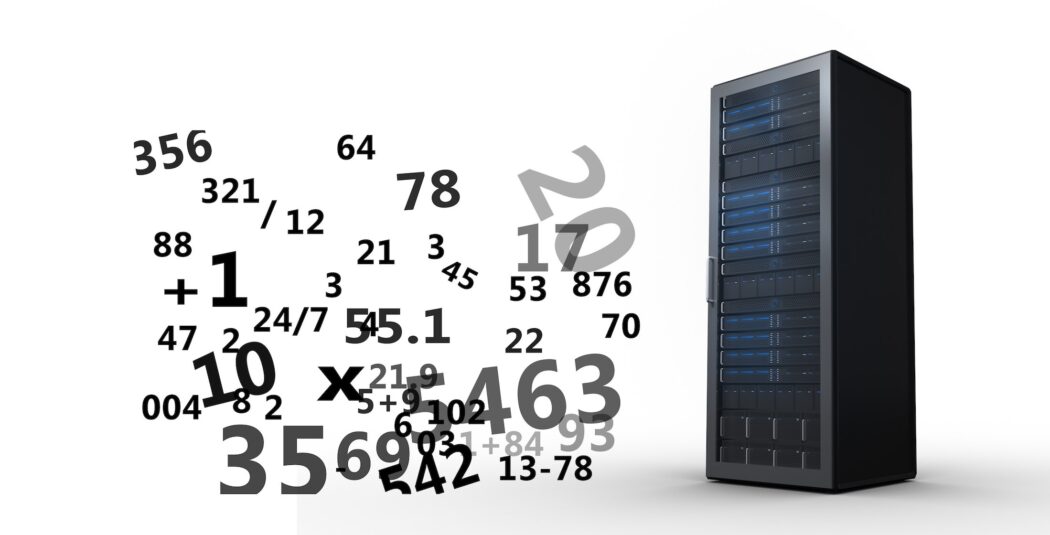I introduced Social Network Analysis (SNA) in a previous post as a potential theory for analyzing communications to chronically ill patients. In this theory, data access and information flow are key elements for analysis. There are parallels in modern healthcare where data access and information flow are critical to success:
- Longitudinal Patient Records that aggregate patient information in support of coordinated care for chronically ill patients.
- Population Health Platforms that analyze registries of healthcare data and provide relevant information to clinical and operational personnel.
Another way to view SNA and these trends: It’s desirable to move data from the hands of few to the hands of many. An important point. Through the 1980s or so, when companies primarily used mainframe computers, data was controlled and accessed by a small group of programmers and managers. Today we have unprecedented access to incredible amounts of data via distributed networks and the Internet. Let’s step back and highlight a key point in time where technology finally opened the door to put data in the hands of many. I also want to emphasize how the healthcare industry is finally catching up in this space – and why these trends may help SNA become a better tool to analyze the treatment of chronically ill patients.
When a few people control data
I wrote about line printers in a previous post. Line printers were used for decades with little or no change in how they created communications. The data sent to them was time consuming to organize and stored on mainframe computers. To access it, you needed highly trained programmers to create datasets for use. This was no small effort so most end users had to accept what they were given. In this case, all the data was concentrated on a mainframe computer and controlled by the actions of very few people.
I then wrote about the launch of production level digital printers in the mid-1970s. These devices were far faster than line printers and had printer-based programming capability. This small change allowed a rudimentary ability to create new communications out of existing datasets. The data was still stored on mainframes but became accessible to more people for use in new communications.
Giving Data to Everyone
I spoke to a friend about how the launch of desktop computers and the Internet opened the door for the multi-channel communications in use today, be they printed, emailed, web-based or sent via mobile phones. But he pointed out the launch of desktop computers (and the Internet) represent the watershed moment in taking data out of the hands of few and putting it into the hands of many. Data stored on mainframes moved to distributed models of storage with access via desktop computers. Desktop software applications were created to allow users to create new communications and store the data and content locally at a desktop level. The programmer was no longer needed. And the Internet provided even more ways to access key information. Data finally moved from the hands of few to the hands of many.
What does that mean for healthcare?
Desktop computing and the Internet were widely adopted and used from the mid-1990s until now. Yet, until 2010 or so, a great deal of healthcare data was still paper-based or isolated on standalone computers. Widespread adoption of Electronic Health Records (EHR) platforms didn’t occur until around 2013. Because of this, Healthcare has lagged in providing coordinated access to healthcare data.
Healthcare Data in the hands of many and Social Network Analysis
This gap in access is rapidly being addressed. More vendors are entering healthcare with applications to help aggregate, sort and analyze healthcare data for operational and clinical purposes. Healthcare data is growing exponentially, essentially doubling every two years.
Applications now exist to support aggregation of patient data to create a more comprehensive patient record. New Population Health applications target specific chronic illnesses with tools to support treatment – and even identify chronically ill patients who have yet to be diagnosed! A common element of these applications is their ability to enhance access to data and efficiently distribute it to the relevant healthcare personnel.
All of this supports the use of Social Network Analysis. Why?
Because Social Network Analysis (SNA) documents relationships between people, technology, and groups, as well as provides a framework to evaluate these relationships. Social Network Analysis also examines the flow of information between groups and individuals with the idea that creating network density – or more connections between the different elements or groups – will increase efficiency when the data or information is shared.
This is a really important point when you think about chronically ill populations and the expense they generate. We want to coordinate care to improve outcomes and lower cost. But what we’re really doing is enhancing access to patient data and coordinating the flow of that data to clinical personnel who interact with chronically ill patient populations.
More Data to More People is our answer
The healthcare industry has improved access to relevant patient data to all personnel who coordinate care for chronically ill patients, especially where clinical personnel are on the same EHR system. Yet a great deal of fragmentation still exists. Clinical personnel may not belong to the same health system or use the same EHR platform. More population health applications targeting chronic illness are coming to the market – but many gather their own healthcare data.
Most applications seek to improve the flow of information between relevant healthcare personnel by creating more connections, increasing the efficiency when that data or information is shared. In other words, putting data in the hands of many in support of treating chronic illness. This mirrors the focus of Social Network Analysis and highlights why SNA may finally be able to help us analyze how well the system works.
In my next post, I’ll share some limited current studies that used SNA in a healthcare environment, as well as highlight how we might focus on specific areas for future study.


No Comments